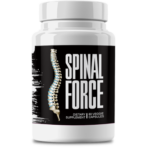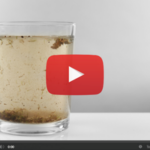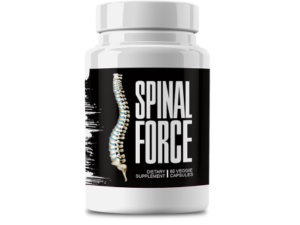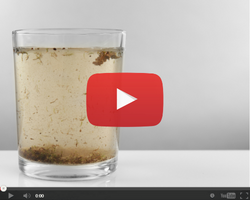This Village-Made Chinese Pain Reliever Eliminates Back And Joint Pain!
Medial Collateral Ligament Pain in Athletes: Prevention Strategies and Rehabilitation
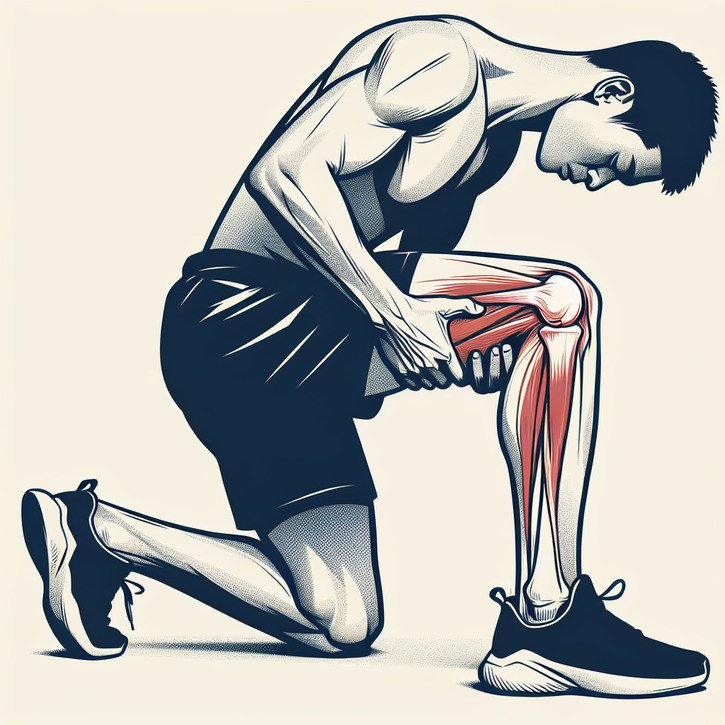
Getting to Know Medial Collateral Ligament Pain in Athletes
Ever felt that nagging pain on the inner side of your knee after a tough game? You're not alone. Medial collateral ligament (MCL) pain is something athletes across the board—whether you're a weekend runner or a pro competitor—have to deal with. This pain usually crops up after a strain or sprain, and it's all because the MCL, which stabilizes your leg during those dynamic sports moves, gets overloaded. I’ve seen plenty of athletes struggle with it, and understanding what’s really going on can make all the difference when you're trying to prevent or treat it.
Recent figures suggest that a good chunk of knee injuries in sports involve the MCL, and the trend keeps climbing. With sports getting faster and more demanding, it’s no surprise that the stress on this crucial ligament is ramping up. In this rundown, we’ll chat about why prevention matters so much and how effective rehab can not only ease the pain but also get you back in top form.
A proactive approach is the name of the game. Getting smart about prevention and rehabilitation doesn't just help you sidestep the immediate pain; it also cuts down on the chances of those annoying recurring injuries. By mixing expert advice with down-to-earth tips, we’re here to show you how smart training adjustments, solid recovery plans, and effective monitoring can work wonders. We’ll be combining both medical know-how and biomechanics insights so you can keep playing safe.
Unpacking the Causes and Risks
So, what actually causes that pesky MCL pain? Often, it’s that sudden twist or heavy impact during a fast break or a jump landing that stretches or even tears the ligament fibers. And let’s not forget the role of repetitive stress—running, cutting, and quick directional changes can lead to overuse injuries, especially if an athlete isn’t taking proper rest or using the right technique. It makes you wonder: Could a few simple tweaks really prevent these issues from escalating?
Besides those traumatic moments, things like biomechanical imbalances are big culprits too. Every athlete moves a little differently, and sometimes those unique movement patterns put extra pressure on the MCL. When the muscles around your knee aren’t strong enough to offer proper support, it’s a recipe for pain. That’s why building strength and flexibility isn’t just about performance; it’s about protecting yourself from long-term issues.
There are also environmental and sport-specific factors to consider. Playing on uneven surfaces or battling less-than-ideal weather can transform an ordinary game into a risky venture for your MCL. And if you’re involved in sports where rapid changes of direction are the norm—think soccer, basketball, or skiing—the odds of getting hurt increase. Recognizing these risks means you and your coach can adjust training and gear choices to keep injuries at bay.
Smart Ways to Prevent MCL Pain
Prevention starts long before you hit the field, with a warm-up routine that really gets your muscles moving. Think dynamic stretches that focus on the lower body and core; they do wonders for getting your blood pumping and your ligaments ready for action. It’s amazing how a few well-executed warm-ups can reduce your risk of knee pain by making your muscles more flexible and the ligament better cushioned.
Strength and conditioning are equally key. You need to focus on exercises that build up the muscles around the knee—like those targeting your quadriceps, hamstrings, and hip adductors. A few sessions of resistance training and balance exercises every week can go a long way, helping your muscles support your knee and keeping the MCL from taking too much strain. Trust me, a strong, well-aligned lower body isn’t just useful for avoiding injuries; it also boosts your overall athletic performance.
And here’s a tip you might not have thought of: the proper use of supportive gear. Whether it’s knee braces, cushioned shoes, or even custom orthotics, these tools can make a huge difference during high-impact sports. In fast-paced sports like soccer or basketball, having that extra bit of support might be just what you need to avoid turning a minor discomfort into a major injury.
Rehab Techniques When Pain Strikes
If injury happens, don't panic—recovery is all about following a solid, step-by-step physical therapy plan. Right after the injury, you’ll probably start with the RICE method: rest, ice, compression, and elevation. Once the immediate pain and swelling subside, gradually easing into physical therapy sessions is key. These sessions involve controlled exercises to help you regain mobility without putting too much pressure on a healing ligament.
As you move forward, incorporating progressive load exercises alongside flexibility training is crucial. Slowly increasing resistance and balancing exercises helps rebuild the ligament’s strength while keeping it flexible. This process is a balancing act—you want to challenge your knee just enough to promote healing without pushing it too hard. Having a professional tailor the program to your progress is a huge plus.
And don’t forget about complementary therapies. Many athletes swear by treatments like acupuncture, massage, and even yoga or tai chi to reduce muscle tension and boost blood flow. Mixing these alternative approaches with traditional rehab methods can often lead to a quicker, smoother recovery. Personally, I've seen athletes bounce back faster when they adopt a well-rounded approach.
Nutritional and Recovery Tips
Did you know that what you eat can play a big role in managing MCL pain? An anti-inflammatory diet rich in omega-3s, antioxidants, and lean protein can really fuel your recovery. Foods like salmon, leafy greens, and berries don’t just taste good—they can help reduce inflammation and speed up healing. Plus, vitamins C and D along with minerals like zinc can support ligament repair and overall joint health.
Besides nutrition, proper hydration, rest, and good sleep are fundamental. Keeping yourself well-hydrated helps maintain joint lubrication and keeps your tissues happy. Rest isn’t just about taking a break; it’s about giving your body the time it needs to repair itself. And consistent, quality sleep? That’s when your body really does its magic, helping reduce pain and getting you back in the game.
Staying on Top of Long-Term Management
Long-term management is a lot like keeping an eye on the little details. Regular check-ups with your physiotherapist or sports medicine specialist can catch early signs of recurring issues before they become big problems. Simple self-checks—like noting any swelling, tenderness, or reduced flexibility—can keep you ahead of the game.
In today’s tech-driven world, sports technology is becoming a real game-changer. Wearable devices that monitor movement patterns, impact forces, and muscle activation are now part of the athlete’s toolkit. These gadgets help you catch potential issues early and adjust your training to avoid further strain. It’s a brilliant fusion of modern science and smart athletic training.
Expert Insights and Real-Life Stories
I've had plenty of chats with sports medicine pros and physiotherapists, and one thing is clear: there’s no one-size-fits-all remedy for MCL pain. Every athlete’s experience is unique, needing a treatment plan that perfectly fits their movement habits and training routine. Experts advocate blending traditional therapy with advanced exercise strategies and complementary treatments tailored to each individual. Their insights are born from years of hands-on experience, and they truly underline the importance of a personalized approach.
There are plenty of inspiring success stories too. Take the collegiate athlete who, after a severe MCL strain, worked through a tough yet carefully crafted therapy plan. By combining progressive exercises, smart nutritional choices, and modern monitoring techniques, that athlete slowly but surely got back in action. These stories not only highlight the challenges but also offer clear evidence that effective management and recovery from MCL pain are totally achievable.
What the Future Holds for MCL Pain Management
Looking ahead, the future of managing MCL pain is nothing short of exciting. Cutting-edge research is already paving the way for new treatments, from minimally invasive procedures to innovative biological therapies. Imagine therapies like stem cell applications or platelet-rich plasma injections boosting ligament repair and slashing recovery time. It’s a thrilling prospect that could change the way athletes bounce back from injuries.
Advances in imaging and diagnostic tools are also making a huge impact. With high-resolution MRIs and AI-powered assessments becoming more common, early detection of MCL issues is better than ever. This means practitioners can fine-tune rehab protocols with precision and possibly catch problems before they spiral out of control. The blend of cutting-edge technology and clinical expertise is setting the stage for faster, more effective recoveries.
When you look at the overall picture, it’s clear that the future of MCL pain prevention and rehabilitation looks bright. With ongoing innovations in therapy approaches, technology, and personalized care, athletes can look forward to shorter recovery times and longer, healthier careers. Whether you’re just starting out or are well into your athletic journey, the advancements on the horizon offer a renewed sense of hope and confidence.


